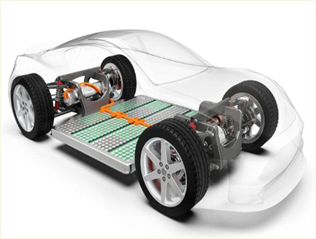EV Marketplace Overview:
The industry is investing in new battery technology and advanced cooling systems to reduce charging times, protect battery cell health, and increase vehicle driving range. Some claim a driving range of over 600 miles and a charging time of 10 minutes. This advancement in mass production would elevate two of the primary concerns consumers have with transitioning from an internal combustion vehicle to a battery-electric vehicle. Those are the range and the battery life. Range anxiety varies significantly between current BEV (Battery Electric Vehicle) owners and BEV intenders. These headlines from OEMs and battery manufacturers will help bridge that divide and increase BEV adoption. Here is a great example just below.
“1,000kms in a breeze:” CATL unveils new Qilin EV battery with incredible specs!”
Chinese battery manufacturing giant and Tesla partner CATL has unveiled the third generation of its cell-to-pack (CTP) battery technology which the company claims can deliver “1,000 km in a breeze” and boasts fast charging in 10 minutes.
Contemporary Amperex Technology Co. Ltd., better known in Western circles as CATL, last week announced the launch of its latest EV battery, the Qilin, which the company claims has a “record-breaking” volume utilization efficiency of 72% and an energy density of up to 255 Wh/kg – achieving “the highest integration level worldwide so far”
The goal is to solve these barriers to BEV ownership, as shown below. With the battery chemistry improvements, the 7 billion dollar charging infrastructure initiative in flight now, and the recycling of expired batteries to produce new batteries, most of these barriers are being addressed.
EVs can impact many areas of life. For example,the Ford F-150 Lightning Can Even Power Your Home.
When the power goes down, the F-150 Lightning automatically begins supplying electricity. When the grid returns the truck switches back into charging mode. It's all designed to take place without any interaction from the homeowner, though you'll be able to use Ford's app to set a reserve limit under which the EV's battery won't drop. That means you can still drive it in case of an emergency. Read more HERE.
Happy Driving.
The EV Guy!






